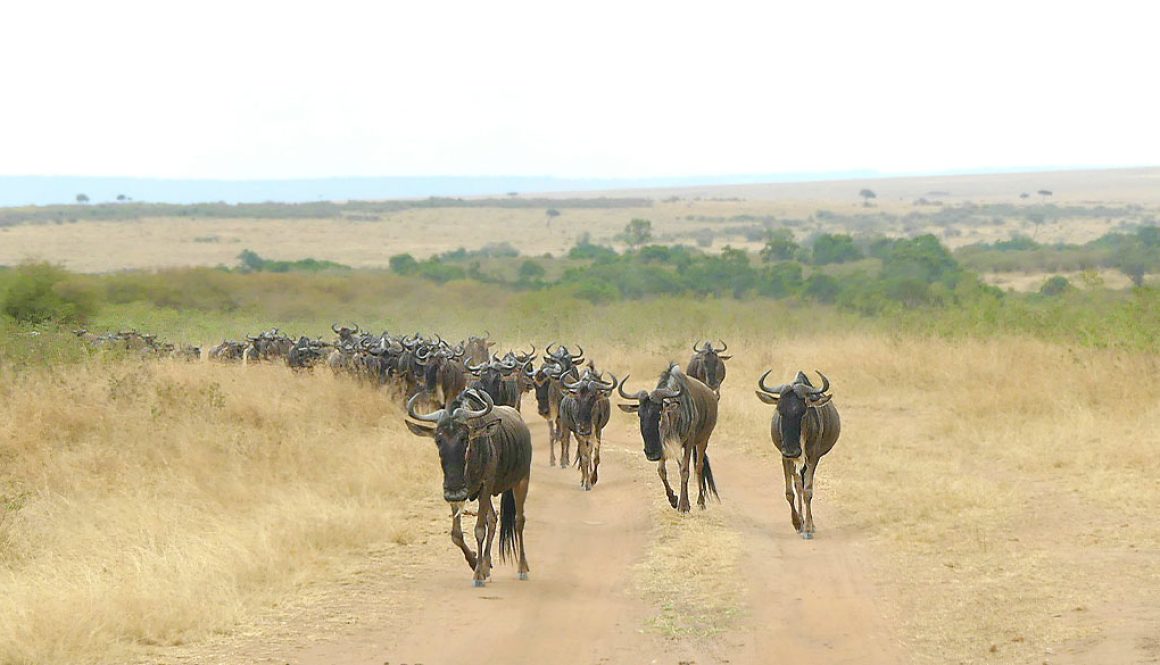What is the difference between a reserve and a conservancy?
The Masai Mara, a prominent segment of the greater Serengeti ecosystem, stands as one of Africa’s premier wildlife destinations. Situated in southwestern Kenya adjacent to Tanzania’s Serengeti National Park, it includes the Masai Mara National Reserve along with numerous private and community conservancies on its periphery. These protected areas are renowned for their rich wildlife diversity, featuring the iconic “Big Five” (lion, elephant, leopard, rhino, and buffalo) as well as numerous plains species and predators like cheetahs and hyenas.
Many of our guests often ask about the best safari experience, and while similar wildlife can be observed in both reserves and conservancies, private conservancies often offer a more exclusive and broader range of activities. With that being said, here are some of the key differences between reserves and conservancies:
The Masai Mara Reserve is a public area accessible to anyone, with numerous tour operators providing safari experiences. Managed by the Local County Government, the reserve follows specific regulations typical of National Parks.
In contrast, most conservancies are privately owned lands dedicated to wildlife preservation. Managed by the Maasai people, these conservancies have significantly expanded protected areas whose aim is to not only protect wildlife but also support local income. They are mostly adjacent to National Reserves like the Masai Mara, and even though they might seem to be smaller in area size, they primarily offer a more exclusive and tailored safari experience.
When it comes to wild lion populations, unfortunately, the harsh reality is that in the past 25 years, wild lions have declined by more than half. Due to the complexity of social, political, and environmental factors, it’s estimated that there are only 20,000 wild lions left on the African continent. For many who go on a safari, one would confidently expect to see these powerful cats. However, the situation described above puts into context just how fortunate you truly are to see them.
Key differences between a safari in the Masai Mara Reserve and a private conservancy:
1. Access.
The Masai Mara Reserve is always open and accessible to the public, which results in a significantly higher number of tourists. A potential benefit of this is that wildlife may become more accustomed to human presence.
In contrast, private conservancies have guest limits in terms of numbers. They also prohibit day visitors, providing a more exclusive and intimate wildlife experience. For instance, while you might encounter 20-30 vehicles at a sighting of big cats in the Masai Mara Reserve, private conservancies typically allow no more than 3 or 4 vehicles at such events.
Additionally, the Masai Mara may accommodate both day and overnight visitors, whether guided or unguided. Most private conservancies do not allow day trips, meaning that visitors can take day trips into the Reserve if they choose, but those staying within the Reserve cannot access the conservancies.
2. Game Drives.
The Masai Mara Reserve enforces strict regulations on game drives. Vehicles are limited to the main roads during daylight, and guides are prohibited from going off-road to approach the wildlife. The reserve is best known for offering the best chances to witness the dramatic river crossings of the Great Migration, a seasonal event that requires careful timing. Kindly consult us for the 2024 Masai Mara Packages.
In contrast, private conservancies permit off-road driving, providing a closer and more personal interaction with the animals. These areas also control the number of vehicles at each sighting, enhancing the viewing experience and minimizing the impact on wildlife.
3. Night Game Drive.
Night drives aren’t permitted within the reserve but are allowed in various private conservancies. Experiencing nocturnal predators such as leopards and hyenas roaming under the cover of darkness is a thrilling adventure and a must-do for every safari enthusiast at least once!
4. Walking Safaris.
Walking safaris are permitted in both the reserve and private conservancies, though they are less frequent within the Masai Mara Reserve. Trekking on foot through the bush offers a fresh viewpoint, enabling you to discover the smaller wildlife and plant life that are frequently missed during game drives.
5. Accommodations.

Overall, both the Masai Mara Reserve and private conservancies offer exceptional wildlife viewing opportunities, but private conservancies provide a more exclusive and tailored experience. They also offer a broader range of activities while still granting access to the reserve. To witness the Great Wildebeest Migration, many lodges within the conservancies include game drives in the national reserve, and you can pay additional park fees for extra chances to view the river crossings. We recommend a minimum stay of 4 nights to fully experience this.
While conservancy vehicles have access to the national reserve, the general public and other safari operators do not enter the conservancies, ensuring fewer vehicles and more tranquil sightings.
Due to their policy of limiting accommodation to around 350 acres per guest (700 acres per 2-person tent), lodges and camps in the conservancies are limited and tend to book up quickly, particularly during the peak season. It’s wise to secure your booking as early as possible.
Conservancies often employ local Maasai staff, which might mean some staff members have limited English proficiency. However, this approach supports the local community and ensures they are actively involved in the safari industry.
Are You Ready For The Trip Of A Lifetime?
Start Planning your safari?
Whatever you want your tour or safari itinerary to include, we’ll design it specifically for you..

